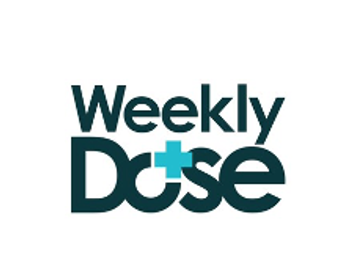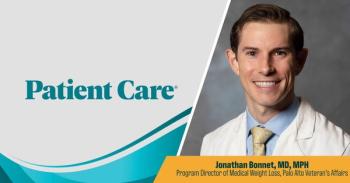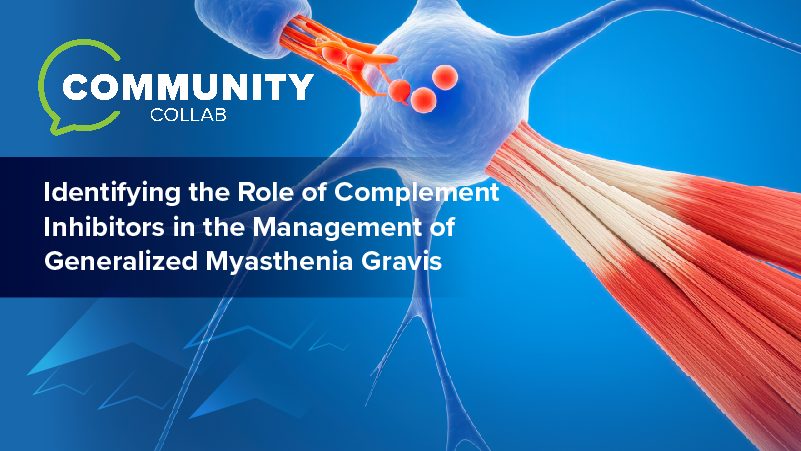
Obesity Medicine
Latest News

Latest Videos

CME Content
More News

Caissa Troutman, member of the Obesity Medicine Association, emphasizes the importance of shared decision-making in overcoming barriers.

At ESC 2025, the STEER study showed semaglutide reduced risk of heart attack, stroke, or death by 57% vs tirzepatide in adults with obesity and cardiovascular disease, complementing prior trial data.

Your daily dose of the clinical news you may have missed.

Teva announced approval of the generic formulation of Saxenda, which could help expand access to the extremely popular class of antiobesity medications.

This week’s podcast episode covers CRC screening, GLP-1 eligibility in youth, women’s heart health, FIT outreach, and ultraprocessed food risks.

In a trial of over 112 000 US adults, researchers found that 14% started a GLP-1 receptor agonist after bariatric surgery.

Patients taking orforglipron achieved significant weight loss, hemoglobin A1c reduction, and cardiometabolic benefits in the phase 3 ATTAIN-2 study, supporting upcoming global regulatory submissions.

People with obesity may shun basic primary care for fear of shaming, lectures, inhospitable equipment, and simple lack of respect from clinicians, authors found.

The combination of the Dexcom Stelo glucose biosensor with an AI platform provides real-time data on how food, exercise, stress, and sleep affect the body.

GLP-1 use was associated with lower overall cancer risk, with the strongest associations observed for endometrial and ovarian cancers and meningioma.

Shagun Bindlish, MD, board member of the American Diabetes Association, discusses challenges to diagnosing and treating venous disease in patients with obesity.

A Cleveland Clinic trial revealed that AI-driven precision treatment significantly reduced HbA1c and body weight, often eliminating need for medications other than metformin.

A recent study showed obesity in childhood or adolescence accelerates biological aging by up to 48% in young adults.

The GLP-1/GIP receptor agonist also showed promise in an exploratory maintenance arm, producing rapid weight loss at an induction dose that was sustained after down-titration.

Your daily dose of the clinical news you may have missed.

RDX-002, an investigational, first-in-class therapeutic, significantly reduced weight regain after cessation of antiobesity treatment with semaglutide and tirzepatide.

Jonathan Bonnet, MD, MPH, board certified in lifestyle and obesity medicine, explains how the 6 pillars of the former are essential to success in the latter.

Are the GLP-1 Agonists "Forever Drugs?" It's an Open Question, According to Jonathan Bonnet, MD, MPH
The obesity and lifestyle medicine specialist says while research on the question continues, a focus on optimizing nutritional health during treatment is essential.

Jonathan Bonnet, MD, MPH, encourages primary care clinicians to embrace GLP-1 therapy where appropriate to stem multiple risk factors for downstream chronic diseases.

New data shows pediatric pharmacotherapy prescribing rose but remained infrequent, while nutrition counseling rates changed minimally.

Lilly's Oral GLP-1 Agonist Orforglipron Linked to Weight Reduction of 12.4% in Pivotal Phase 3 Trial
The investigational daily oral GLP-1 RA met the primary endpoint for body weight reduction at 72 weeks and also improved a range of cardiovascular risk factors.

An NHANES-based cross sectional study found that 1 in 5 of the treatment-eligible youth lacked adequate insurance and one-third had no routine place for health care.

Bonnet says a clear understanding of a patient's weight and emotional history are critical to ensure optimal use of GLP-1 therapy in a successful weight management program.

Coauthor of a recent joint advisory, Jonathan Bonnet, MD, MPH, explains how it emerged in response to the growing use of GLP-1 medications for obesity treatment.

Obesity medicine specialist Monu Khanna, MD, discusses the critical role of primary care in obesity-related risk reduction through lifestyle, behavior, and emerging therapies.





































































































































































































































































































































